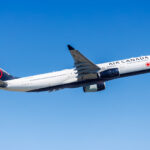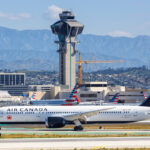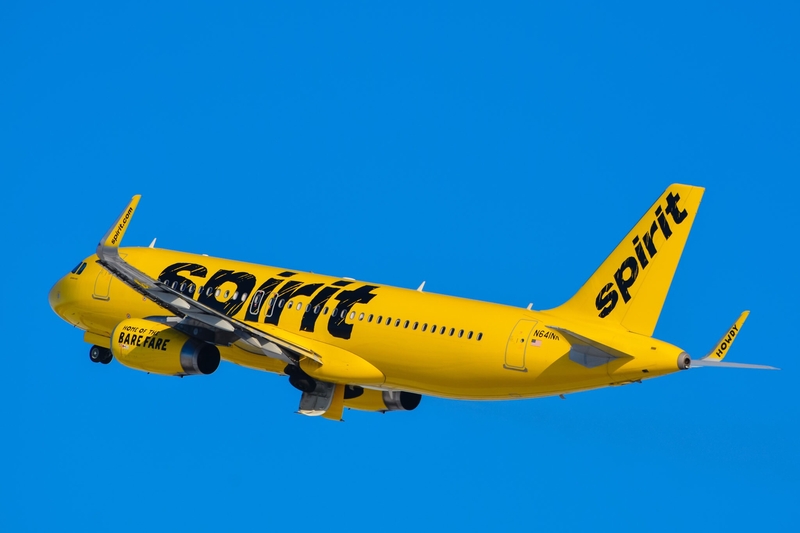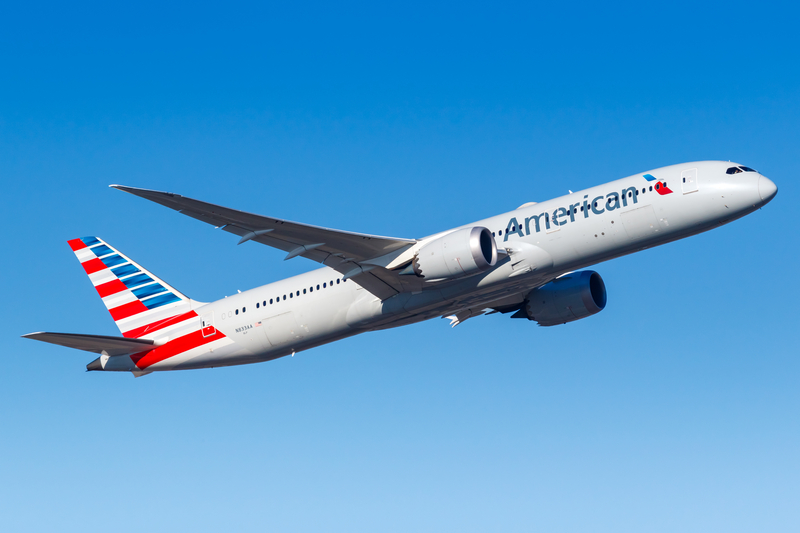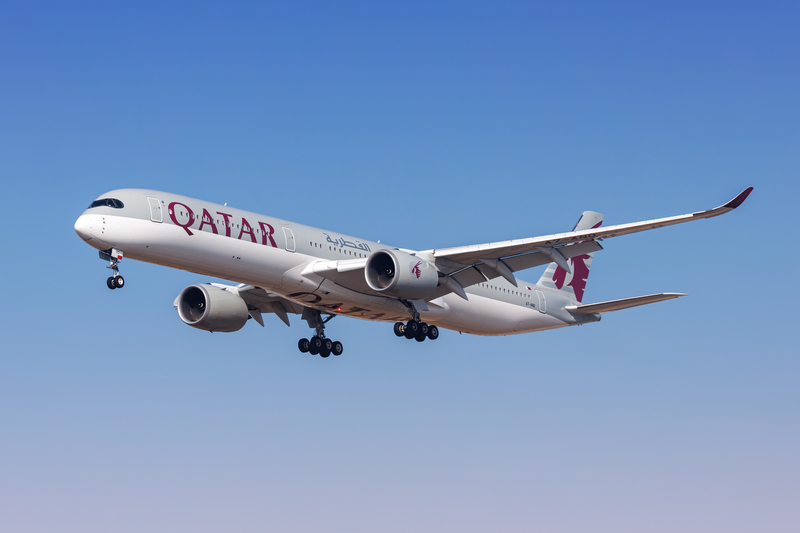Air Canada Bets on “Sixth-Freedom” Growth: 3 New U.S. Routes for Summer 2026
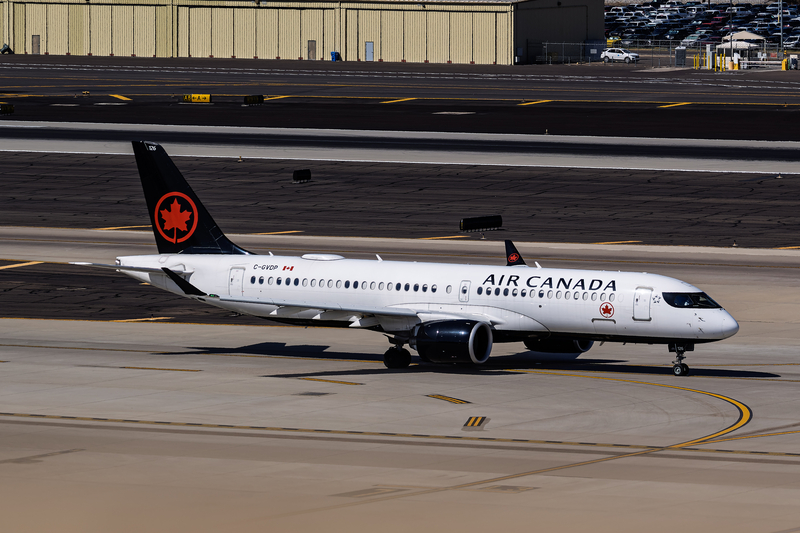
ID 367175955 | Air Canada A220 © Robin Guess | Dreamstime.com
Air Canada will grow its U.S. footprint next summer with three new transborder routes and an overall ~15% capacity increase between Canada and the United States for the Summer 2026 season (May 1–Oct.). The moves emphasize the carrier’s strategy of funneling U.S. travelers over its Toronto, Montreal, and Vancouver hubs to Europe and Asia.
What’s launching (and when)
-
Toronto (YYZ) ↔ San Antonio (SAT) — 3x weekly (Mon/Wed/Fri) on the Airbus A220-300
-
Montréal (YUL) ↔ Cleveland (CLE) — Daily on Embraer E175 (Air Canada Express)
-
Montréal (YUL) ↔ Columbus (CMH) — Daily on Embraer E175 (Air Canada Express)
Seasonality: All three routes are slated May 1 through October. YYZ–SAT marks a return (last flown in 2020), while YUL–CLE and YUL–CMH are new city-pairs; CLE and CMH are already served from Toronto.
Why these cities?
Air Canada has been explicit: growth will focus on “unaligned” midsize U.S. markets where no single carrier dominates. Cleveland, Columbus, and San Antonio fit that bill, offering:
-
Steady local demand plus spill traffic that can be aggregated over YUL/YYZ
-
Lower slot/gate pressure than larger hubs, aiding schedule reliability
-
Attractive connectivity eastbound to Europe (PMI, CTA, BUD resume/add in 2026) and westbound to Asia (PVG resumption), as well as across Canada
The strategic context
Transborder demand has been choppy: Summer 2025 transborder seats were down ~7% vs. 2024, and U.S. arrivals by Canadian residents softened in early 2025. Air Canada’s answer is to pivot the target customer:
-
Americans using YUL/YYZ as efficient one-stop gateways to Europe/Asia (classic sixth-freedom flows)
-
Canadians who still need point-to-point options to secondary U.S. business and leisure markets
By leaning into banks at Toronto and Montreal, Air Canada can time arrivals from CLE/CMH/SAT to feed late-afternoon/evening Europe departures and capture morning Asia connections where available.
What to expect onboard
-
A220-300 (YYZ–SAT): Quiet, modern narrowbody; Air Canada’s layout typically features a small Business Class cabin up front and power/USB at every seat with streaming IFE. Great fit for a 3x-weekly business/leisure blend.
-
E175 (YUL–CLE/CMH): Two-cabin regional jet (operated by Air Canada Express) with 2-2 economy seating and a short Business Class section; ideal for high-frequency short-haul spokes feeding long-haul banks.
How these flights plug into long-haul growth
Summer 2026 also sees Air Canada:
-
Adding: Palma de Mallorca (PMI) and Catania (CTA) from Toronto
-
Resuming: Budapest (BUD) and Shanghai (PVG) from Toronto
New U.S. spokes into YUL/YYZ broaden the carrier’s reach into the Midwest and Texas, improving one-stop access to those long-haul markets for travelers in Ohio and South Texas.
Competitive picture
-
Cleveland & Columbus: Traditionally contested by legacy hubs (ORD/DTW/ATL/CLT) and ULCCs. A Montreal gateway gives travelers Schengen and non-Schengen Europe choices with short transatlantic stage lengths and competitive elapsed times.
-
San Antonio: Non-hub city with rising tech/defense demand and strong Mexico ties; Toronto provides broad European/Asian connectivity without a backtrack to coastal hubs.
Loyalty & connectivity angles
-
Aeroplan members (and Star Alliance partners) gain new redemption/earn options and more short-haul connectors to premium long-hauls.
-
Corporate travelers in CLE/CMH/SAT gain an alternative to U.S. megahubs for Europe/Asia trips—often with simpler minimum-connect times in Canada.
Bottom line
Air Canada’s Summer 2026 U.S. push isn’t about splashy big hubs—it’s about smart spokes that feed banks. With YYZ–SAT returning and YUL–CLE/CMH debuting, the airline is doubling down on sixth-freedom flows, positioning its Canadian hubs as convenient bridges for Americans bound to Europe and Asia.
